
What Certifications are Needed to Export Wireless Devices?
Wireless devices, which are communication equipment that can capture or emit radio waves, rely on electromagnetic waves (radio waves) for communication. Depending on the frequency and connection method of the waves, these devices can be categorized into various types. For long-distance transmission, options like LORA, GSM, and NB-IOT are available, while for short distances, Bluetooth, WiFi, and Zigbee are suitable choices. Regardless of whether you are exporting to foreign countries or selling domestically, your wireless devices must comply with local wireless certification requirements. Below, the JJR Laboratory in China details the documentation and application process required for product export certification to various countries.
Europe
- EU: CE-RED
- Russia: FAC
- Belarus: TR BY
- Ukraine: UA RED
- Serbia: IL
Asia
- Japan: MIC
- South Korea: KC RF
- Singapore: IMDA
- India: WPC
- Malaysia: SIRIM
- Thailand: NBTC
- Laos: MPT
- Vietnam: MIC
- Indonesia: SDPPI
- Mongolia: CRC
- Pakistan: PTA
- UAE: TDRA
- Saudi Arabia: CST
- Qatar: CRA
Americas
- Canada: IC
- Argentina: ENACOM
- Brazil: ANATEL
- Mexico: IFETEL
- Paraguay: CONATEL
- Uruguay: URSEC
- Chile: SUBTEL
- Peru: MTC
- Panama: ASEP
- Honduras: CONATEL
- El Salvador: SIGET
- Bolivia: ATT
Africa
- Cameroon: ART
- Algeria: ARPCE&ANF
- Angola: INACOM
- Benin: ARCEP
- Burundi: ARCT
- Central African Republic: ARCEP
- Chad: ARCEP
- South Africa: ICASA
- Mozambique: ARECOM
- Botswana: BOCRA
- Lesotho: LCA
Understanding Wireless Equipment
Wireless equipment typically refers to devices that use radio waves for communication. Common examples include:
- Smartphones and tablets
- Portable and desktop computers with wireless adapters
- Bluetooth speakers and music players
- Wi-Fi routers and access points
- Smart home devices like smart locks and smart bulbs
- Walkie-talkies and wireless microphones
- GPS navigators
- Drones and remote-controlled car models
Global Wireless Product Certification Overview
1. China: SRRC Certification
The China Radio Type Approval Certification (SRRC) involves testing, evaluating, and reviewing wireless transmitting equipment. Required for sales within China, it is issued by the Ministry of Industry and Information Technology (MIIT).

Required Documents for SRRC Application:
1. Application form signed and stamped by the corporate legal person
2. Commissioning letter signed and stamped by the corporate legal person
3. User manual, technical manual, circuit diagram, PCB layout, position diagram
4. RF line attenuation description, antenna gain description
5. Driver and software (if needed for computer control)
6. Photos of the device (6-sided, front and back of the mainboard without shielding, showing the applicant unit, device name, model, serial number, structure size, CMIIT ID)
7. Stamped business license, company profile (production capacity, technical strength, quality control)
8. Copy of the quality management system certificate (ISO), annual production report (not needed for Guangdong province and foreign companies)
SRRC Application Process:
1. Provide documentation and quotation
2. Sign contract, provide documents, send samples (3 engineering prototypes + 1 finished product), and make payment
3. Pre-testing arrangement by JJR Laboratory, formal testing at SRRC designated laboratory if pre-testing is passed
4. Upon passing, case closure and issuance of SRRC certificate
Basic Information:
- SRRC Certificate Validity: 5 years
- No factory audit required
2. European Union: CE-RED Certification
CE-RED (2014/53/EU) is the EU's wireless product certification directive, replacing the R&TTE directive. It requires compliance with the new RED directive by June 13, 2017.
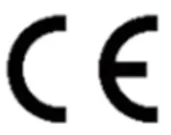
Required Documents for CE-RED Application:
1. User manual
2. Circuit diagram
3. Block Diagram (module function diagram)
4. PCB layout
5. PCB placement
6. Operation description (explanation of block diagram)
7. BOM list
8. Label
9. Antenna specifications (or antenna gain diagram)
10. Frequency setting software
CE Application Process:
1. Provide documentation and quotation
2. Sign contract, provide documents, send samples, and make payment
3. Testing arrangement by JJR Laboratory, rectification if testing fails
4. Upon passing, case closure and issuance of CE certificate and test report
Basic Information:
- CE Certificate Validity: 5 years
- No factory audit required
- Mandatory certification
3. USA: FCC Certification
FCC certification by the Federal Communications Commission involves ensuring that wireless devices comply with FCC's technical and safety standards.
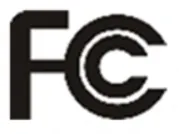
Required Documents for fcc id Application:
1. FRN (FCC Registration Number)
2. Grantee Code
3. FCC ID number, product ID
4. FCC label
5. Product description
6. Block diagram
7. Circuit diagram
8. User manual
9. Company letterhead
10. Authorization letter
11. Confidentiality letter (if needed)
FCC Application Process:
1. Provide documentation and quotation
2. Sign contract, provide documents, send samples, and make payment
3. Apply for FRN and Grantee Code
4. Testing arrangement by JJR Laboratory, rectification if testing fails
5. Upon passing, case closure and issuance of FCC certificate and test report
Basic Information:
- Certificate is valid indefinitely
- Mandatory certification
- Wireless products must register ID
4. Canada: ISED Certification
ISED (Innovation, Science and Economic Development Canada) certification, previously known as ic certification, ensures the safety and reliability of electronic and electrical products in Canada.
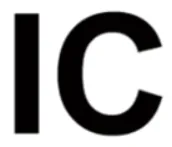
Required Documents for IC ID Application:
1. Application form
2. Product documentation (user manual, circuit diagram, block diagram, BOM list)
3. Test report
4. Company registration documents
ISED Application Process:
1. Provide documentation and quotation
2. Sign contract, provide documents, send samples, and make payment
3. Testing arrangement by JJR Laboratory, report submission to authorized body
4. Upon passing, issuance of IC ID certificate
Basic Information:
- Must have Canadian representative address information
- Label must include manufacturer name, model name, IC ID number
- Certificate is valid indefinitely
5. Brazil: ANATEL Certification
anatel certification by Brazil's National Telecommunications Agency is required for telecommunications products, ensuring compliance with ANATEL's regulations.
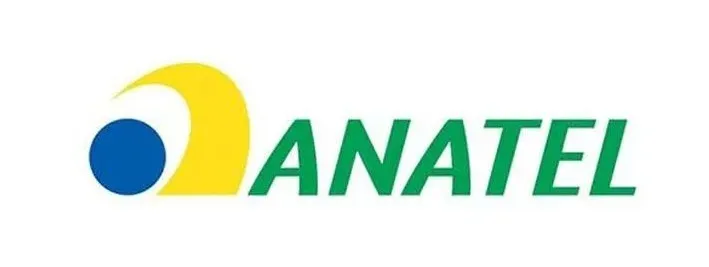
Required Documents for ANATEL Application:
1. Applicant information
2. Manufacturer information
3. Factory information
4. User manual
5. Product manual
6. Technical specifications
7. Internal and external product photos
8. Test report
9. Electrical scheme
10. ISO9001 certification (for Class I products or if multiple manufacturing plants)
ANATEL Application Process:
1. Submit samples and documents
2. Testing at accredited laboratory
3. Issuance of CoC certificate, product clearance
4. ANATEL review and registration
Basic Information:
- Voltage frequency: AC127V-220V/60Hz, plug standard ABNT NBR NM 60884-1:2004
- Mandatory certification
- Certificate validity varies by product category (1 year/2 years/permanent)
- No factory audit required
6. Mexico: IFETEL Certification
The Federal Institute of Telecommunications (Instituto Federal de Telecomunicaciones, IFT) certification is required for both wireless and wired telecommunications equipment in Mexico.
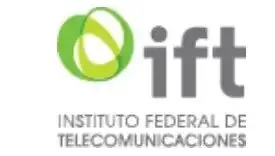
Required Documents for ifetel Application:
1. Test procedure
2. Technical specifications
3. Installation and operation guide
4. Cables, power supply, removable antenna, amplifier, and test software (two samples required)
IFETEL Application Process:
1. Submit materials and samples
2. Pre-testing by JJR Laboratory, followed by local testing in Mexico
3. Issuance of test report
4. Issuance of IFETEL certificate
Basic Information:
- Mandatory certification
- No factory audit required
- Local representative required
- Local testing required
- Certificate is valid indefinitely
7. Australia: RCM Certification
The Regulatory Compliance Mark (RCM) is a certification mark indicating that a product complies with electrical safety and EMC requirements in Australia and New Zealand.
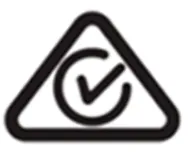
Required Documents for RCM Application:
1. Product manual and specifications
2. Circuit diagram
3. BOM list
4. Photos of additional models
5. Product application form
RCM Application Process:
1. Evaluation by third-party laboratory
2. Testing and rectification if needed
3. Issuance of test report
4. Submission of report to issuing authority
5. Registration and issuance of RCM certificate
Basic Information:
- Validity: 5 years
- Not mandatory
- RCM is a mark
8. India: WPC Certification
The Wireless Planning & Coordination Wing (WPC) in India regulates wireless devices. Devices operating in certain frequency bands require Equipment Type Approval (ETA) or a license.
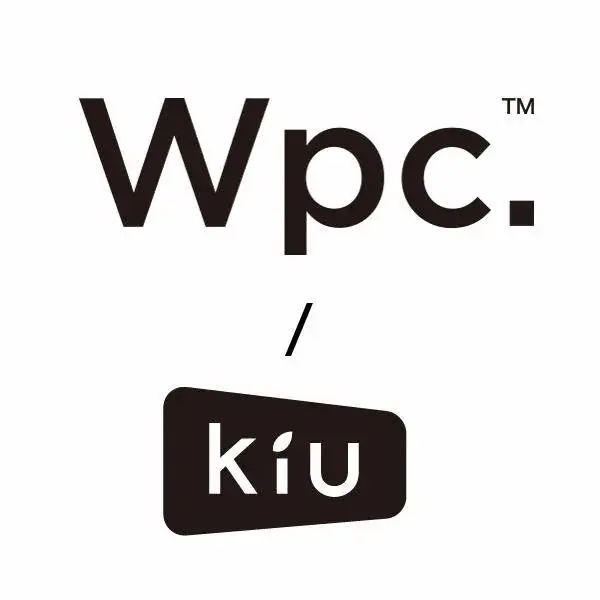
Required Documents for WPC Application:
1. RF test report
2. Product specification sheet
3. Manufacturer's authorization letter
WPC Application Process:
1. Submit samples and documents
2. Submission of CE RED report or testing if needed
3. Issuance of ETA certificate
Basic Information:
- Mandatory certification
- No factory audit required
- Local representative required
- Certification period: 3-4 weeks
- Certificate is valid indefinitely
9. Japan: TELEC Certification
telec certification, under Japan's Radio Law, is required for wireless devices. TELEC (Telecom Engineering Center) conducts the certification process.

Required Documents for TELEC Application:
1. Block Diagram
2. BOM list
3. Photos of the product
4. User manual
5. Circuit diagram
6. PCB placement
7. ISO certificate or quality management declaration
TELEC Application Process:
1. Provide documentation and quotation
2. Sign contract, provide documents, send samples, and make payment
3. Testing by JJR Laboratory, rectification if needed
4. Submission of report to issuing authority
5. Issuance of telec certificate
Basic Information:
- Mandatory certification
- No factory audit required, ISO certificate or recognized quality control documents required
- No local representative required
- Certificate is valid indefinitely
10. South Korea: KCC Certification
KCC (Korea Communications Commission) certification is required for IT, telecommunications, and RF products. It involves EMC and safety testing.
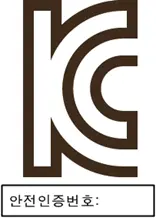
Required Documents for KCC Application:
1. Application form
2. Business license (if applicant is a Korean company)
3. Block Diagram & Circuit Diagram
4. Part List (including component position)
5. Antenna gain diagram and specifications
6. Korean user manual
7. PCB layout
8. Operation program
9. Two samples (one with external antenna)
KCC Application Process:
1. Provide documentation and quotation
2. Sign contract, provide documents, send samples, and make payment
3. Pre-testing by JJR Laboratory, local testing in Korea
4. Registration and issuance of KCC certificate
Basic Information:
- Mandatory certification
- Certificate is valid indefinitely
- No local representative required
11. Singapore: IMDA Certification
IMDA (Infocomm Media Development Authority) certification is required for wireless products in Singapore. It may require prior CE certification.

Required Documents for IMDA Application:
1. Application form
2. Product specifications
3. User manual
4. RF test report
5. RF-EMC test report
6. EMC test report
7. Safety test report
8. Rating label
9. NB certificate for products with 2G, 3G, 4G functions
10. Manufacturer's module declaration
IMDA Application Process:
1. Submit IMDA application
2. Prepare required documents
3. Conduct sample testing
4. Issuance of IMDA certificate
Basic Information:
- Mandatory certification
- No factory audit required
- Local representative required
- Certificate validity: 3 years
12. Taiwan: NCC Certification
NCC (National Communications Commission) certification is required for communication and information products in Taiwan, including low power and telecommunications terminal equipment.
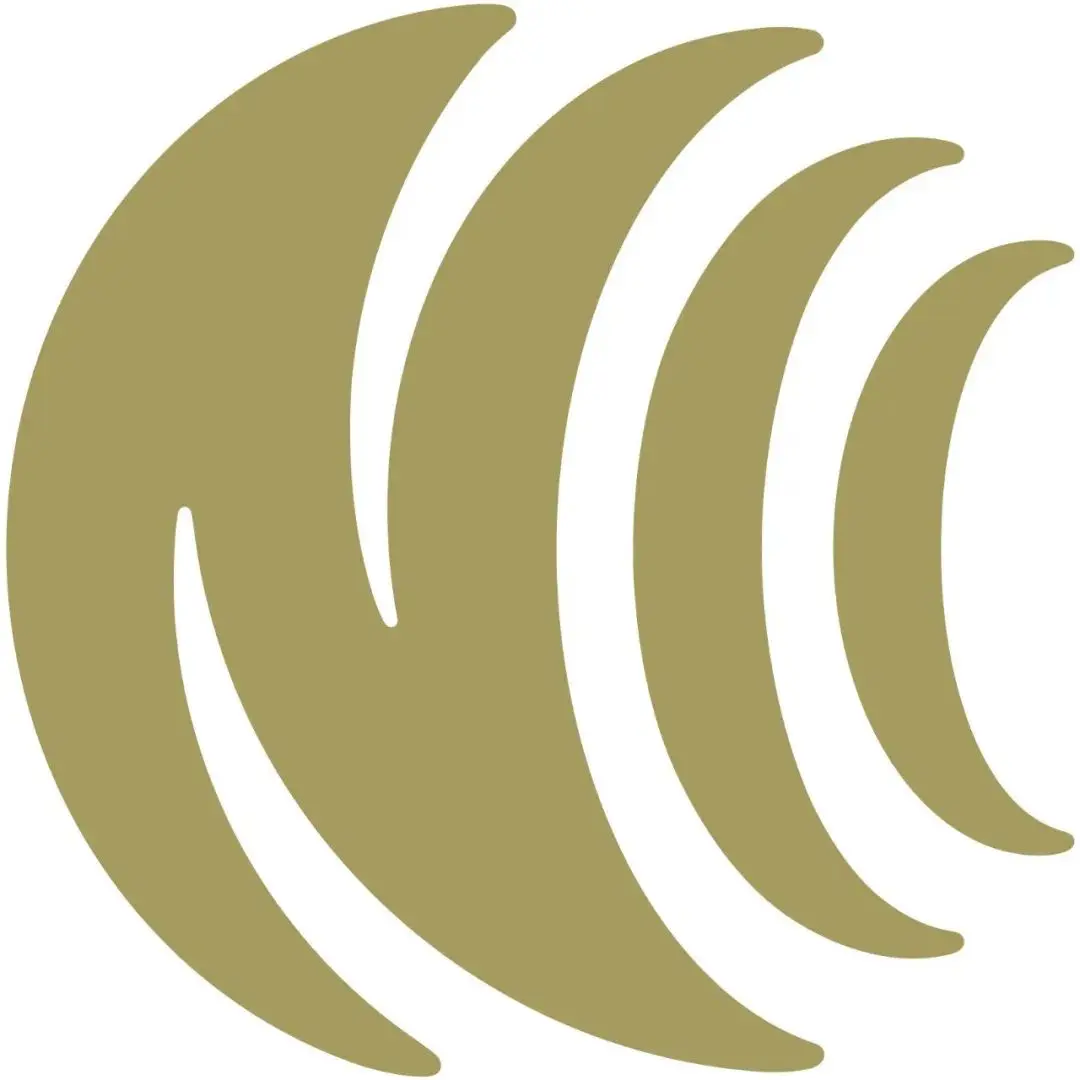
Required Documents for NCC Application:
1. Circuit diagram
2. Block diagram
3. Product specifications
4. User manual
5. BOM list
6. Service application form
7. ISO9001 certificate
8. Antenna specifications
9. Frequency setting software
NCC Application Process:
1. Provide documentation and quotation
2. Sign contract, provide documents, send samples, and make payment
3. Testing by JJR Laboratory, rectification if needed
4. Official testing and issuance of NCC certificate
Basic Information:
- Mandatory certification
- No factory audit required
13. South Africa: ICASA Certification
ICASA (Independent Communications Authority of South Africa) certification is required for wireless communication devices in South Africa.
Required Documents for ICASA Application:
1. Product photos
2. Function description
3. User manual
4. RF, Safety, and EMC reports
5. Circuit diagram
ICASA Application Process:
1. Submit application form and documents
2. Contact local office
3. Submit application to ICASA
4. Pay certification fees
5. Issuance of type approval certificate
Basic Information:
- Mandatory certification
- Local representative required
- No factory audit required
For other regions and their specific certifications, please refer to the comprehensive list above and follow similar processes for application and compliance with local regulations.
Email:hello@jjrlab.com
Email:hello@jjrlab.com
Write your message here and send it to us
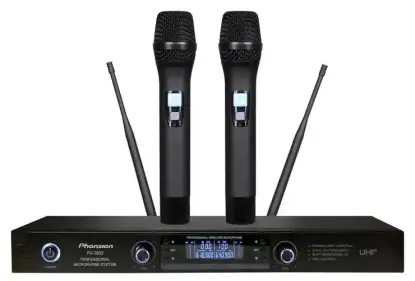 Wireless Microphone Export Certification
Wireless Microphone Export Certification
 Audio-Visual Products SNI Certification in Indones
Audio-Visual Products SNI Certification in Indones
 FCC-ID: Still Needed if Module is Certified?
FCC-ID: Still Needed if Module is Certified?
 FCC Certification Fees for Handheld Fans
FCC Certification Fees for Handheld Fans
 FCC Certification Testing for Smart Lighting Produ
FCC Certification Testing for Smart Lighting Produ
 What is the ETSI EN 303 645 Testing Standard?
What is the ETSI EN 303 645 Testing Standard?
 UL Compliance and ETL Certification for LED Lighti
UL Compliance and ETL Certification for LED Lighti
 What is the IEC 60598 Standard?
What is the IEC 60598 Standard?
Leave us a message
24-hour online customer service at any time to respond, so that you worry!




